Best
LAPEL MIC
FOR SINGING
ME2 S1-7 A great digital
wireless system
-
Overall: Bluetooth connectivity with the
Sennheiser Smart Assist App. -
Best Feature: Massive 134dB dynamic range pushes
the range of wireless audio. -
TedScore™: 9/10
Best
OVERALL MIC FOR SINGERS
-
Overall: Iconic dynamic cardioid microphone designed.
-
Best Feature: Renowned build-quality for reliably heavy use in studios and live venues.
-
TedScore™: 10/10
Best
VALUE
WIRELESS MIC
ATW-1101 Beltpack
Digital Wireless
System provide high quality
vocal reproduction
-
Overall: Digital 2.4GHz wireless operating
frequency. -
Best Feature: 30m/100' wireless operating range.
-
TedScore™: 9/10
Imagine flipping your voice from a growl to a high-pitched trill like flipping through a sketchbook of sounds— that’s the magic of vocal registers.
My journey as a singer showed me that vocal registers are not just for the pros; they’re a concert in your throat waiting to be explored, whether you’re belting out shower tunes or serenading a crowd.
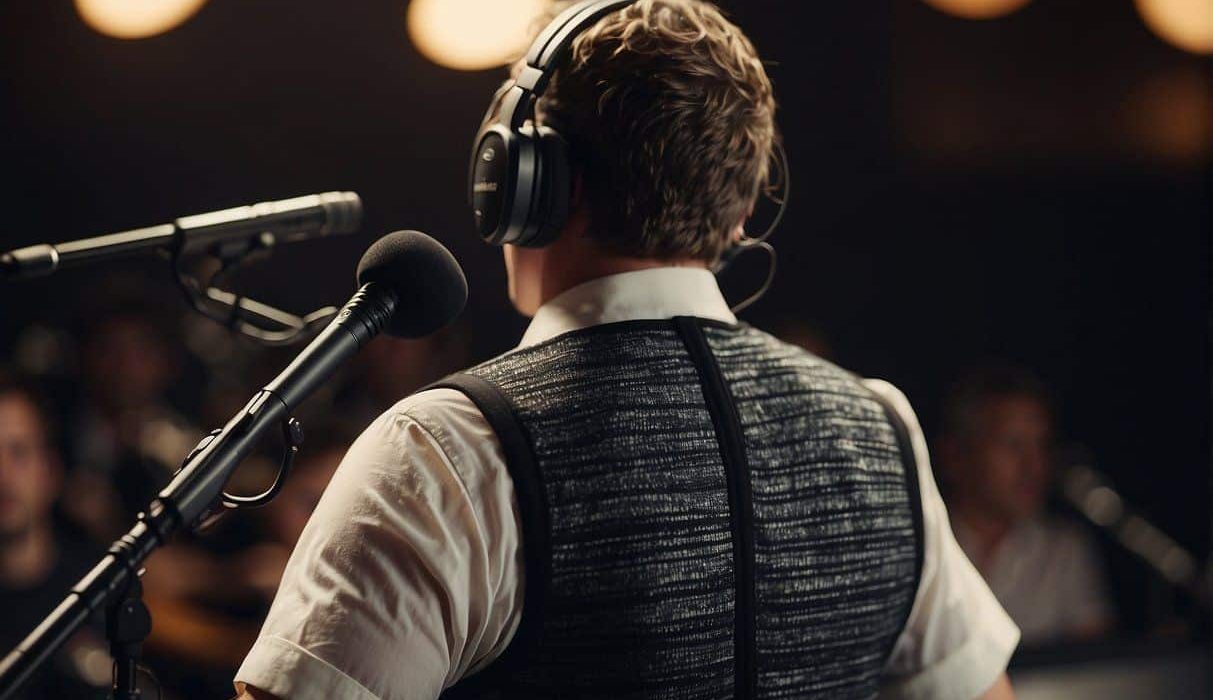
Now, every time I sing, I think of my voice as a delightful array of buttons, each firing up different sounds from my vocal folds— and with a bit of practice, you can press them with the finesse of a maestro.
Keep reading, and I’ll tell you how to learn about the different vocal styles like modal voice, vocal fry, falsetto, and the tricky whistle register. Trust me; it’s a game-changer!
Understanding
Vocal Registers
In singing, vocal registers are really important for making and categorizing sounds. Let’s explore this fascinating part of the human voice.
Defining Vocal Registers
When I talk about vocal registers, I’m referring to the pitch ranges within my voice, each governed by different vibratory patterns of the vocal cords. These variations create the distinct sounds I can make, from the lowest note to the absolute pinnacle of my range.
Think of my vocal cords as flexible strings in an instrument that tighten or relax to alter vibrations and produce various pitches. The term timbre describes the quality and tone of these sounds, setting each register apart.
Types of Vocal Registers
Vocal registers are split neatly into a few types, each with a signature sound.
First up, there’s the chest register, the robust powerhouse where my voice resonates in the chest and dishes out lower, warmer tones.
Then there’s the head register, where things get lighter, and the sound bounces around my head, creating higher pitches. The airy and floating falsetto sits even higher, primarily used by tenors to hit those top-shelf notes.
For the mixologists, the mixed register is where the party’s at, blending chest and head registers for a smooth, middle-ground sound. This is where I can sing with power but without straining my vocal cords.

Chest Voice and
Chest Register
When I sing, the robust, warm quality that resonates as if echoing from my chest is what I call my chest voice. It’s the cornerstone of my vocal range and exudes power and depth essential for most singing styles.
Characteristics of Chest Voice

In every crooner’s toolbox, the chest voice is like my trusty pair of boots— comfortable, reliable, and where I naturally start my vocal journey. This range is marked by a thicker vocal fold vibration, producing a sound quality that’s rich and full, like a hearty stew simmering on a winter’s eve.
Vowel modification is a trick I keep up my sleeve; it ensures I can hit the right notes without straining my voice, like choosing the right gear for a steep climb.
When delving into the chest register, I’m in the realm of speech-level singing, which is how I sound during a good chat. Vocal fry often crops up in the lower reaches of this register, where my voice might creak and pop like an old floorboard— it’s all part of the charm.
Developing Chest Register Control

Knowing my chest register like the back of my hand is crucial, and it demands practice akin to learning the quirks of an old friend.
Control comes from knowing how to work with my breath and posture, not to mention a fair bit of patience. Balancing the sound quality within my chest register is about finding that sweet spot where power meets finesse, much like a skilled chef knows the balance between spice and flavor.
My crescendos bloom, and my decrescendos fade with intention, showing off my command over this vocal powerhouse. And it’s all about the subtleties; how I articulate and shape each vowel can turn a simple tune into a vibrant masterpiece, as if I’m painting with my voice.
Head Voice and Falsetto
Distinguishing between head voice and Falsetto is crucial for aspiring singers like me. It is fascinating how each register has its unique characteristics and uses.
Exploring Head Voice

I’ve discovered that my head voice is a register where the sound resonates primarily in my head or sinus cavity. It creates a rich tone that utilizes the vibratory pattern of both the vocal folds and the head’s resonant spaces.
I use my head voice to hit higher pitches smoothly, which is especially important through the passage, the transition areas between vocal registers. It connects my chest voice to the stratosphere of my range, where Falsetto might come into play.
Understanding Falsetto

On the other hand, Falsetto feels quite different to me in production.
It’s a lighter register, often employed when I need to reach pitches beyond my modal voice, particularly in the higher tessitura. The sound of my falsetto register is produced by the edges of my vocal cords coming together lightly, or what we singers call incomplete adduction.
What’s interesting is the airy, flute-like quality that emerges from it, quite distinct from the solid presence of my head voice. It’s a tool I use for stylistic purposes and during vocal warm-ups to gently stretch my cords before diving into more demanding pieces.
Mixed Voice and Vocal Blend

In the fascinating world of singing, mastering the mixed voice is like finding the sweet spot in a delectable dessert – it’s utterly satisfying. The silky ribbon ties the chest and head voice together with unmatched grace.
Mastering Mixed Voice
I’ve found that the mixed voice, or middle voice, is the secret ingredient to versatile singing. It’s not an actual register but a skillful technique that blends the chest and head voices.
By combining elements from these registers, the mixed voice allows for a smoother transition across notes, which is essential, especially when belting out those high-energy ballads. It’s all about control and finding the right balance.
Techniques for Blending Registers
Controlling my breath is foundational when I’m working to blend my registers seamlessly. Proper breath control supports my voice and provides a stable foundation for moving between registers.
Modulating the shape of my vocal tract and employing specific vocal techniques lets me navigate from chest to head voice without the audience ever noticing a shift. This blend creates an acoustic illusion, a continuous and unified sound across my range.
I’ve discovered the finesse in blending makes all the difference to my performance.
Physical Aspects of Singing
I explore how tiny muscles and tissues work together to create wondrous sounds that can convey profound emotions or tell stories in genres from opera to jazz.
Vocal Fold Function
Our vocal folds, or cords, are real workaholics!
When I sing, they vibrate and create sound waves, playing a critical role in how my voice comes across.
The patterns of these vibrations are called vibratory patterns, which change based on pitch and volume.
Coaching my vocal folds through various exercises is invaluable. It helps me tweak their mass and tension—critical factors in the timbre and pitch of my voice.
Whether aiming for the natural resonance of my chest voice or the lightness of my head voice, training is essential.

Larynx and Breath Control
Now, the larynx or, as some might call it, the voice box—is the headquarters of my singing operation.
It’s where all the magic of vocal registration happens.
The registration process engages different parts of my larynx to shift smoothly between registers, like the delicate maneuver through the passaggio and the transition area between vocal registers.
Mastering breath control has been a game-changer for me. When singing vowels or crafting a melody, my breath needs to be steady and well-supported, which helps me avoid straining my throat.
This is why I always warm up with vocal exercises my vocal coach swears by. It keeps my voice tip-top for jazz scatting or tackling dramatic opera arias.

Vocal Health and Maintenance
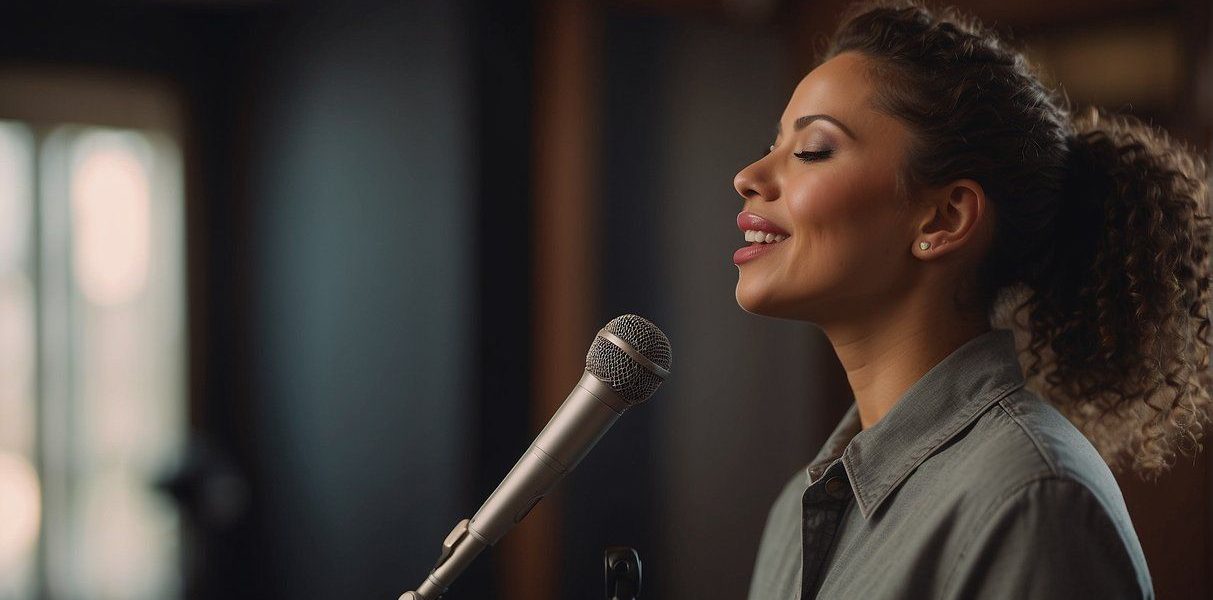
The joy of singing is a marvelous gift, but like any instrument, my voice requires care and attention to keep it in tip-top condition.
Below, I will share some personal practices that keep the old vocal cords happy and some pointers that might help you spot when they’re waving a red flag.
Practices for Vocal Longevity
I always keep a bottle of water handy to stay hydrated. It’s not a glamorous secret, but it’s mine!
Before I tune out, I swear by a good vocal warm-up. It gradually revs up my vocal engine, keeping those pesky strains at bay.
Crucial for longevity, I give my voice a break. After all, silence can be golden, especially after a long day of chitchat and chorus.
I follow techniques from my favorite vocal coach to keep my sound sweet. Amplification should come from adequate breath support, not by pushing from the throat.
I avoid foods that cause phlegm or reflux, like uninvited guests to a singer’s vocal party.
Identifying and Addressing Vocal Problems
When I feel vocal fatigue or pain, I know it’s time to pause and rest. There is no argument; it’s rest or risk losing my most valuable asset.
Any changes in my vocal timbre or range set off my internal alarms. Timely advice from a vocal health professional is my go-to move.
If nagging vocal problems don’t buzz off, consulting with an otolaryngologist might provide some much-needed insight.
Remember, each voice is as unique as a fingerprint. By minding these tips, you’re not just preserving your voice but investing in your vocal future.
The Art of Performance
In the realm of singing, mastery of vocal registers isn’t just about hitting the right notes; it’s about bringing a song to life.
I’ll show you how to weave expressiveness into your vocals and captivate your audience dynamically.
Expressive Singing Techniques

Control is the linchpin of expressive singing.
When I train my voice, I focus on techniques like messa di voce, which involves gradually swelling the volume of a tone and then softly diminishing it. This trains my control over dynamics and fuses emotion seamlessly into my performance.
Another cornerstone is working through transitions between singing registers, especially the passaggio. By practicing the bridge between my chest and head voice, I can navigate through songs with nuanced gradation in tone quality without any jarring switches.
Stage Presence and Dynamics

Captivating my audience is about how I sing and my stage presence. I pay attention to my body language in pop performances to reinforce my vocal expressions.
I ensure my movements are congruent with the tension and release in my singing, mirroring the emotional journey of my song.
Understanding where to emphasize within a song is critical in terms of vocal dynamics.
I often start at a moderate volume around middle C and build tension before transitioning smoothly through my range for dramatic effect. This technique helps maintain sound quality while adding a layer of intrigue to my performances.
Voice Types and Tessitura
Voice types and tessitura are like a singer’s musical fingerprint when I talk about music. It’s fascinating how each person’s unique vocal qualities slot them into different categories based on range and comfort.
Classifying Voice Types
The first thing I love doing with my fellow music buffs is classifying voice types.
Voice types are sorted by vocal range, including bass, baritone, and tenor for males. The vocal heavyweight bass graces the lower spectrum with a resonance that’s hard to miss, while the baritone balances between a bass’s depth and a tenor’s brightness.
Tenor lads often steal the limelight with their higher range and are the usual leads in operas.
Meanwhile, females have their voice types: from altos and contraltos patrolling the lower end to mezzo-sopranos and sopranos reaching those chandelier-shaking high notes. It’s almost like sorting hats at a magical school, but for singers!
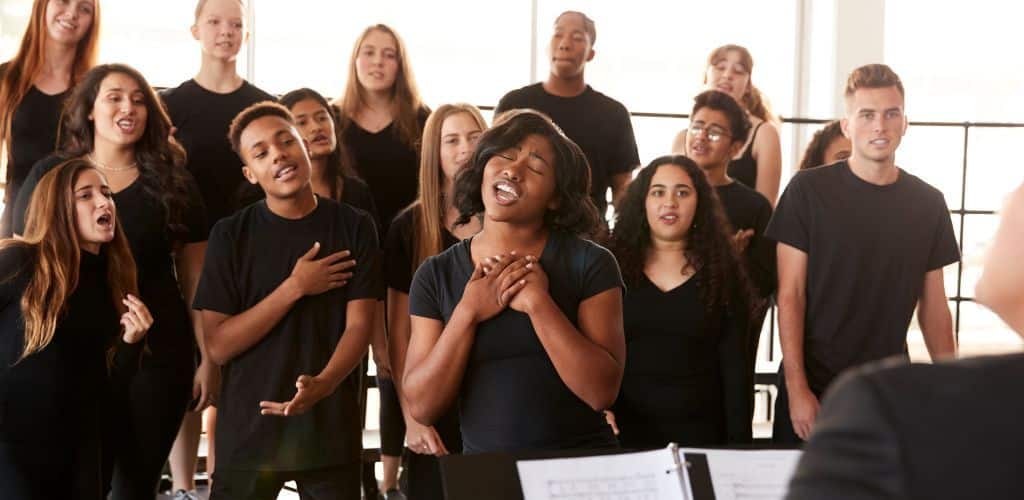
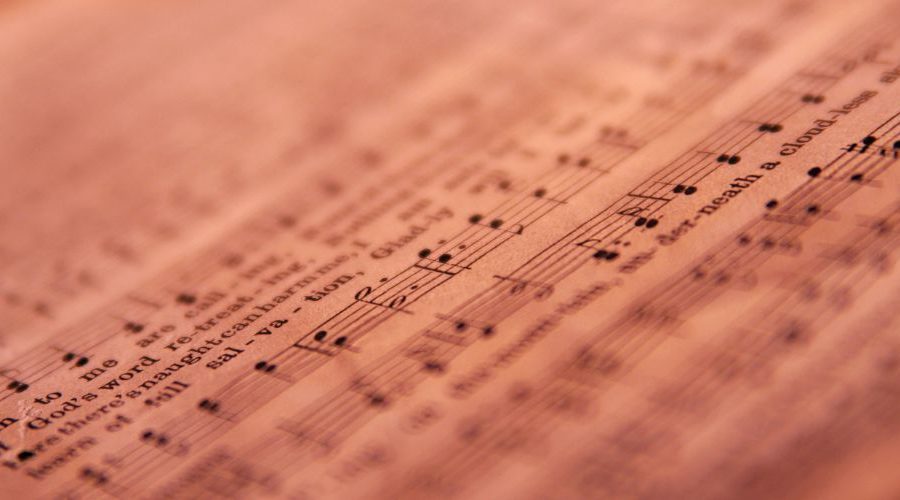
Finding Your Tessitura

Now, let’s gab about tessitura, a term that might sound like Italian pasta but is all about finding where your voice sits comfortably.
For a trained singer, knowing their tessitura is key; it’s about where the voice has the most pleasant quality and strength, and it can be pretty narrow.
It’s like a vocal exercise for my vocal cords, figuring out where they can produce the most robust notes without straining. Whether using thick or thin folds (those tiny muscle groups inside the larynx), perfecting these through vocal techniques helps me hit the sweet spot.
That’s tessitura for you—it’s where our voices love to hang out, avoiding those uncomfortable high or low extremes.
Microphone Recommendation
Shure SM58 Dynamic Cardioid Vocal Microphone
Shure SM58 Dynamic Cardioid Vocal Microphone

FEATURES: Iconic dynamic cardioid microphone designed.
OTHER INFO: Renowned build-quality for reliably heavy use in studios and live venues.
- Durable and portable.
- Effective noise isolation and feedback rejection.
- It may require additional accessories for optimal performance in specific settings.
When you click ‘Check Price’, you’ll see there are loads of great places to buy this item. Our personal favorite is Sweetwater for the US, and Thomann and Gear4Music for the UK & Europe.
They are the largest music retailers, with excellent customer service, competitive prices, really fast shipping, and the longest guarantees.
The professional musician who wrote this article combined many things,
from the product build, manufacturer’s reputation through to feedback
from other users, to create our famous TedScore™.
Sennheiser EW-D ME2 S1-7
Sennheiser EW-D ME2 S1-7
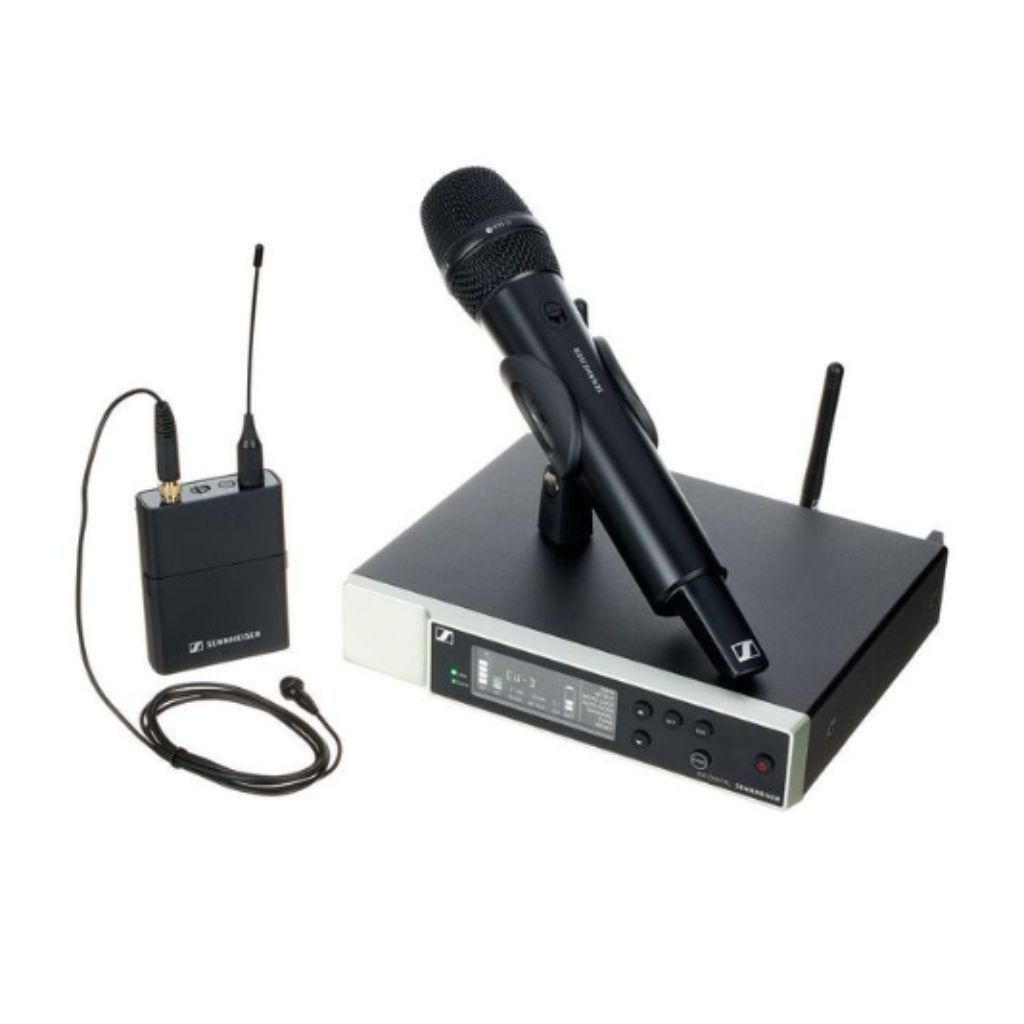
FEATURES: Bluetooth connectivity with the Sennheiser Smart Assist App.
OTHER INFO: Massive 134dB dynamic range pushes the range of wireless audio.
- Sidesteps the noise and interference common to traditional analog wireless systems.
- It may be relatively expensive compared to other wireless microphone systems.
When you click ‘Check Price’, you’ll see there are loads of great places to buy this item. Our personal favorite is Sweetwater for the US, and Thomann and Gear4Music for the UK & Europe.
They are the largest music retailers, with excellent customer service, competitive prices, really fast shipping, and the longest guarantees.
The professional musician who wrote this article combined many things,
from the product build, manufacturer’s reputation through to feedback
from other users, to create our famous TedScore™.
Audio Technica ATW-1101 Beltpack Digital Wireless System
Audio Technica ATW-1101 Beltpack Digital Wireless System
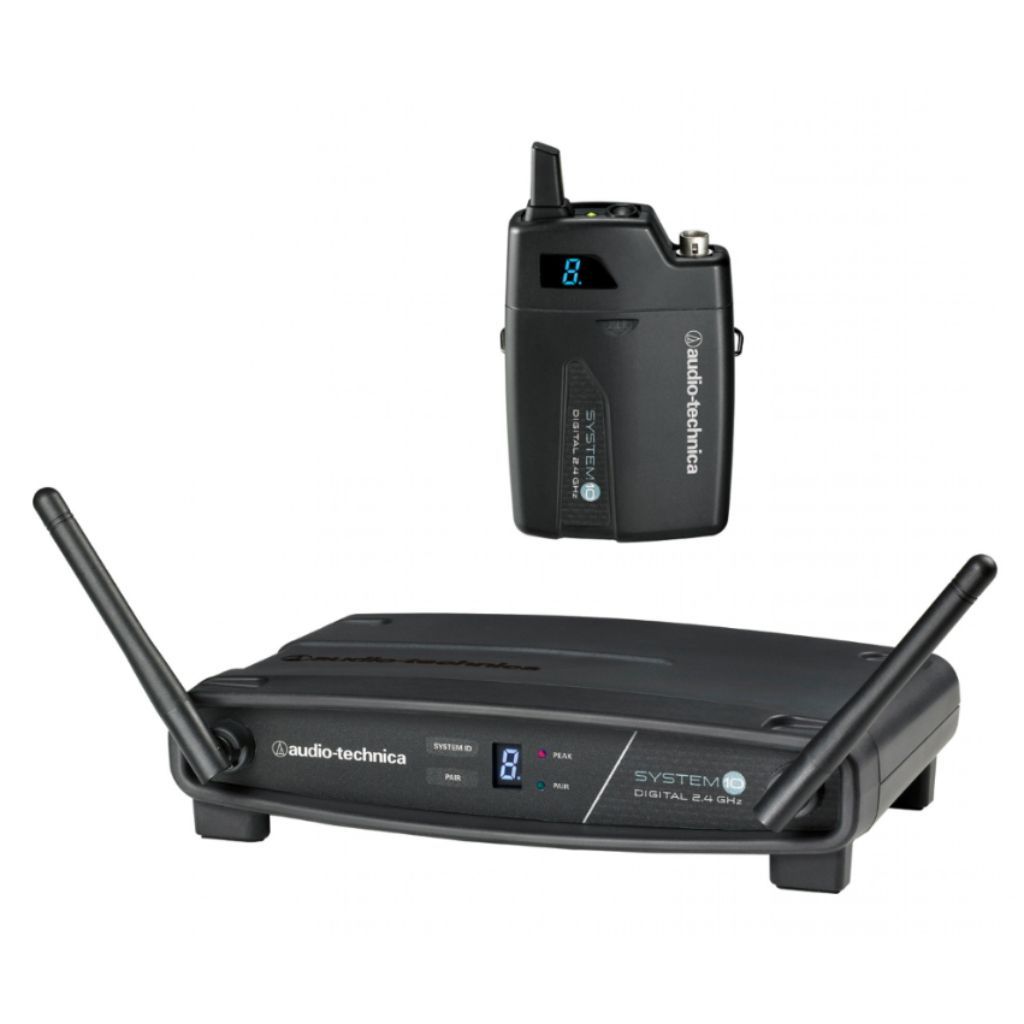
FEATURES: Digital 2.4GHz wireless operating frequency.
OTHER INFO: 30m/100' wireless operating range.
- Extremely easy to use with channel selection, timing, and instant setup.
- The belt pack transmitter's battery life may not be as long-lasting as desired for extended use.
When you click ‘Check Price’, you’ll see there are loads of great places to buy this item. Our personal favorite is Sweetwater for the US, and Thomann and Gear4Music for the UK & Europe.
They are the largest music retailers, with excellent customer service, competitive prices, really fast shipping, and the longest guarantees.
The professional musician who wrote this article combined many things,
from the product build, manufacturer’s reputation through to feedback
from other users, to create our famous TedScore™.
American Audio WM-219 Dual Handheld UHF Wireless Microphone System
American Audio WM-219 Dual Handheld UHF Wireless Microphone System
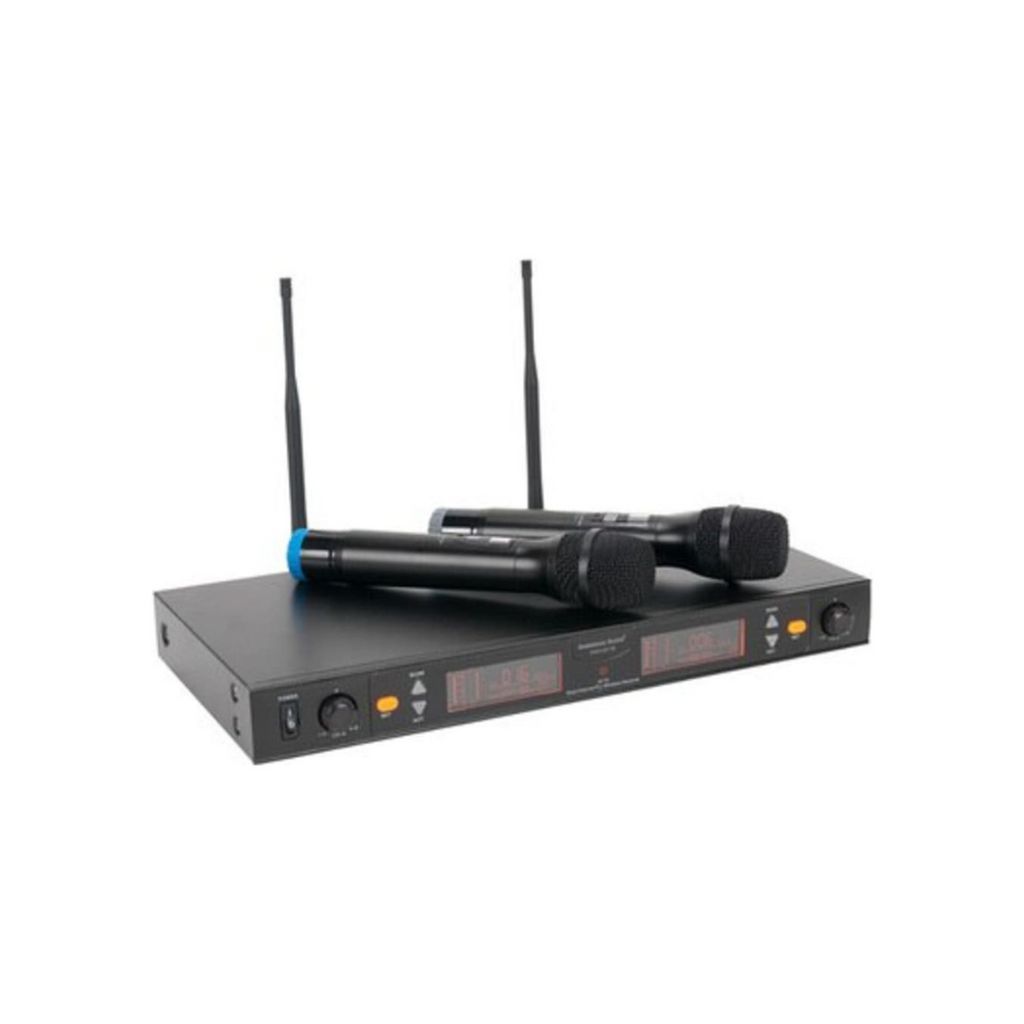
FEATURES: 863MHz - 865MHz Wireless Operating Frequency
OTHER INFO: Two handheld wireless mics with a single wireless receiver
- User-friendly with only an on/off switch.
- You may experience random 1/4-second audio cutouts when moving around.
When you click ‘Check Price’, you’ll see there are loads of great places to buy this item. Our personal favorite is Sweetwater for the US, and Thomann and Gear4Music for the UK & Europe.
They are the largest music retailers, with excellent customer service, competitive prices, really fast shipping, and the longest guarantees.
The professional musician who wrote this article combined many things,
from the product build, manufacturer’s reputation through to feedback
from other users, to create our famous TedScore™.
Vocal Registers:
A Recap!
By now, you’ve likely grasped that knowing your registers is more than a bit of technical know-how—it’s the magic key to unlocking your voice’s full character.
Chest voice, that lovely, full sound you feel buzzing in your chest, isn’t just for power ballads; it’s a firm foundation for your vocal exploits. Head voice, with its lighter, ethereal quality, lets you soar high, infusing your tunes with a touch of finesse.

And who could forget the mix? A splendid blend of registers serving up the best of both worlds.
Whether you’re belting out a rock anthem or floating through a delicate melody, yours truly believes knowledge is power. And knowing your registers, my friend empowers you to paint with all the hues in your vocal palette.
So, sing your heart out, experimenting and enthusiastically exploring your voice.
- Chest Voice: Think depth, emotion, and resonance.
- Head Voice: High, floaty, an absolute dream for the upper echelons.
- Mix Voice: The hybrid star gives you a taste of everything.
That’s a wrap on our vocal register rendezvous. Keep singing; your vocal journey will be as splendid as a grand fireworks display.
Wait! You should check this…
Discover the Top 10 Wireless Microphones for Singers in this informative article.
FAQ's
The four vocal registers are the chest and head voices, the mixed voice, and the whistle voice.
The M1 register, also known as the chest voice, refers to the lower part of the vocal range, while the M2 register, also known as the head voice, relates to the higher part of the vocal range.
The most common voice register is the chest voice, also known as the modal voice register, used for speaking and singing in the lower part of the vocal range.
Yes, falsetto is a vocal register characterized by a lighter and breathier tone produced by the vibration of the edges of the vocal cord.
Vocal registers refer to the different parts of the vocal range where other types of sound production occur. They play a crucial role in human singing voices and are categorized into various characteristic sound, such as chest voice, head voice, mixed voice, and whistle voice.










